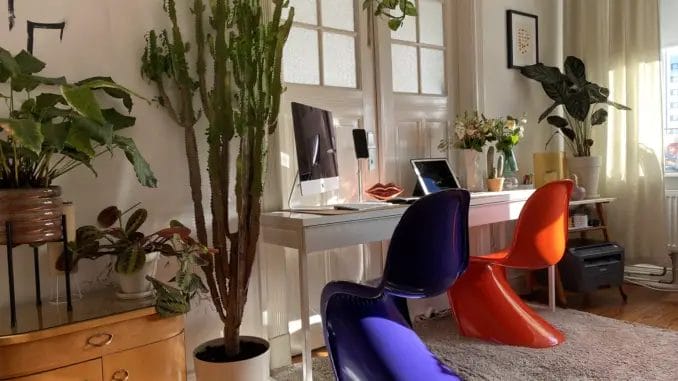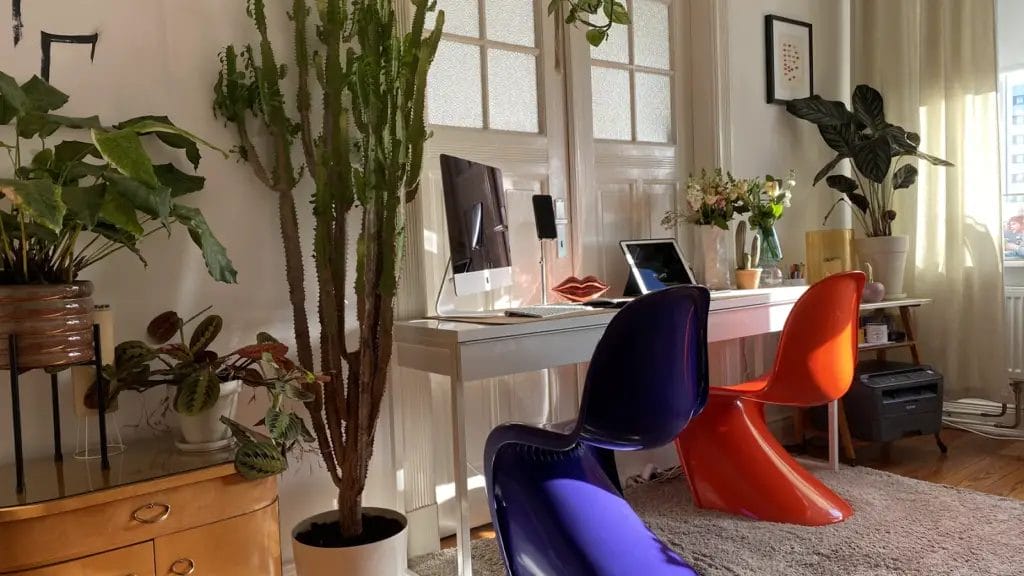
Everybody heard once in his life about the Scandinavian design and its minimalistic approach, and of course about the Danish style of the product design. But did you ever thought about the people that actually made it “live” and made it became so popular?
Lets’ talk more precisely about people who invented these “ingredients” of the style that we meet now worldwide.
Kaare Klint
Being the son of the architect made his life connected with interior design from an early age, but Kaare didn’t repeat his dad’s destiny, he became an educator and worldwide famous furniture designer.
But his involvement with architecture didn’t get wasted, he used his knowledge and his observations from the architecture for his design projects. Being driven from the more practical approach he was one of the first who put functionalism in the priority.
His sense of proportion and his view of the space helped him to create designs that didn’t stand out in the ambiance separately, but it was a part of one united harmonized composition. Mostly he became popular for his chairs models 1914 Faaborg Chair and the 1933 Safari Chair that are masterpieces of pure lines and are a great example of the furnishing that harmonize the room.
Arne Jacobsen
This designer’s works you probably saw and not one time. But first things first, thinking for the Royal Hotel design in Copenhagen Arne invented chairs’ designs that remained not only in interior design history but also in the culture itself.
Egg chair has become an iconic furniture piece with its futuristic shape. With the oval back that repeats egg shape and flowing contour line that immerses in the wings and small armrests, it creates an unrepeatable secured and closed feel when you sit in it. And this abstract and massive shapes in the contrast with one but steady leg looks just not from this reality.
Finn Juhl
Finn Juhl on the contrary with the previously described interior designer didn’t see himself as the designer, he was thinking about art history, but his dad insisted on architecture studies. He became an interior designer by his own forces, he is a self-taught designer, which makes his achievements even more spectacular.
Pelican chair that he made in 1939 make him a worldwide famous designer, and it was reasonable. This chair represents a fascinating design that didn’t pursue practical and functional goals but was a flight of fantasy. Finn Juhl’s craving for arts did unconsciously immerse in this design and in the final we got a sophisticated combination of curved and flowing abstract shapes.
Ole Wanscher
Traveling and studying all over Europe and Egypt resulted for Ole Wanscher in an original combination of the smoothness of the European and Egyptian culture with the cold but practical approach of the north culture. Smooth elongated curved and elegant lines of his Colonial Armchairs’ armrests, backs and legs represent the pure beauty of the design.
But deep seats with mellow cushions are a pleasant addition to the comfort for the person who decided to rest in this gorgeous piece.
To find furniture pieces in with the Colonial style you shouldn’t obligatory search for this specific chair model, you can just go to New York Furniture Outlets that has a wide choice of furniture pieces made with the same design approach.
Aksel Bender Madsen and Ejner Larsen
These two Danish designers collaborated for 25 years and as a result, we have more than 300 designs.
They gained popularity for their Metropolitian chairs that are a clear representation of the modernist approach. High legs that end in the armrests and back construction add lightness to the chair. And back and armrests construction with its curved and bent lines is an example of the simple yet genius approach to designing.
Verner Panton
In 1960 he created a design for a chair that we all know now as Panton Chair. Its surrealistic design doesn’t look like a chair at first sight, you easily can imagine such a thing in the contemporary museum surrounded by curious visitors.
Its geometric lines of the one simple inverted curved shape in combination with the bright color create an unforgettable effect.
Being featured on the cover of Vogue magazine with the famous model Kate Moss made this chair worldwide famous.
Poul Henningsen (1894-1967)
Poul Henningsen was a man of many passions: he was writing for magazines and different editions, he was studying architecture and became famous thanks to the design.
He was studying functionalist architecture in the first place and then he discovered his interest in lighting. In 1958 when making lighting for Copenhagen modernist restaurant he created an Artichoke lamp that became a sensation. Its sculptural construction features 72 leaves that in combination give a glare-free light source.
Its gorgeous design resembles a real image of the artichoke and at the same time, each leaf has a pure geometric shape creating a mixed impression of nature immersed in the technology. This modernist design will enhance any interior with its innovative look.



Be the first to comment